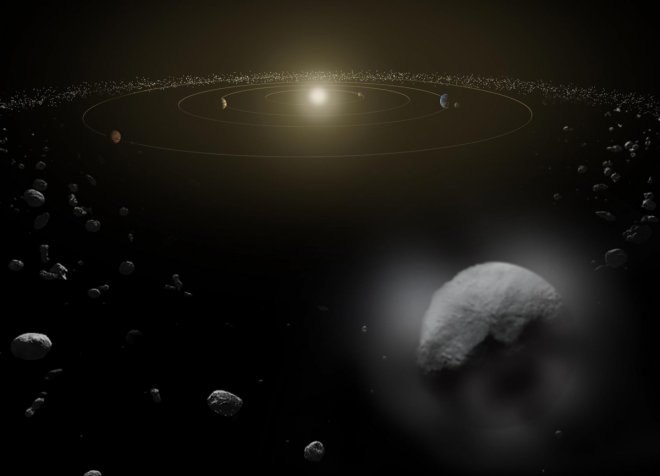
The first three days of the New Year have been a sign of things to come in 2017 for stargazers and astronomy enthusiasts.
The year has started with a bang as Nasa declared that a rare comet, named C/2016 U1 NEOWISE, is through the Solar System and it will be visible from the earth until 14 January. Moreover, Nasa has also detected two other celestial objects approaching the earth, one of which is a mysterious object called 2016 WF9.
Researchers are extremely fascinated about 2016 WF9, which was first discovered on 27 November, as it is neither a comet nor an asteroid. The mystery object is predicted to fly by at a distance of almost 32 million miles from earth on 25 February. Fortunately, it does not pose any threat to earth because of the enormous distance.
Why 2016 WF9 not a comet?
Scientists are very closely studying 2016 WF9, however, they still can't categorise the object as a comet or an asteroid. Unlike comets, which are basically globular celestial objects made of frozen gases, rock, and dust, 2016 WF9 appears dark and only reflect a little bit of light and does not have a tail of dust, which is a distinctive feature of comets.
According to Tech Times, some researchers, after studying the orbit of 2016 WF9, concluded that it has been an old comet and lost most of the volatiles that forms the long tail.
However, others say that it might be an objected that might have strayed away from a group of dark objects in the main asteroid belt.









